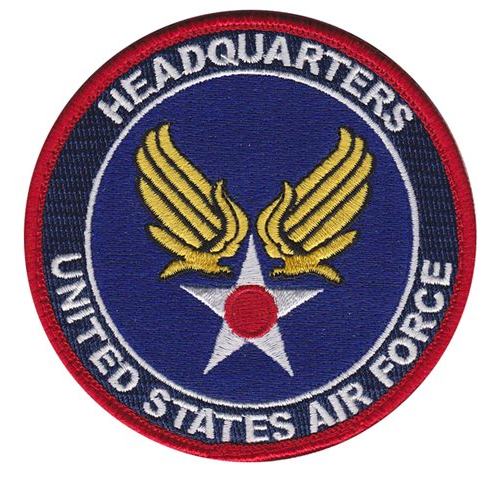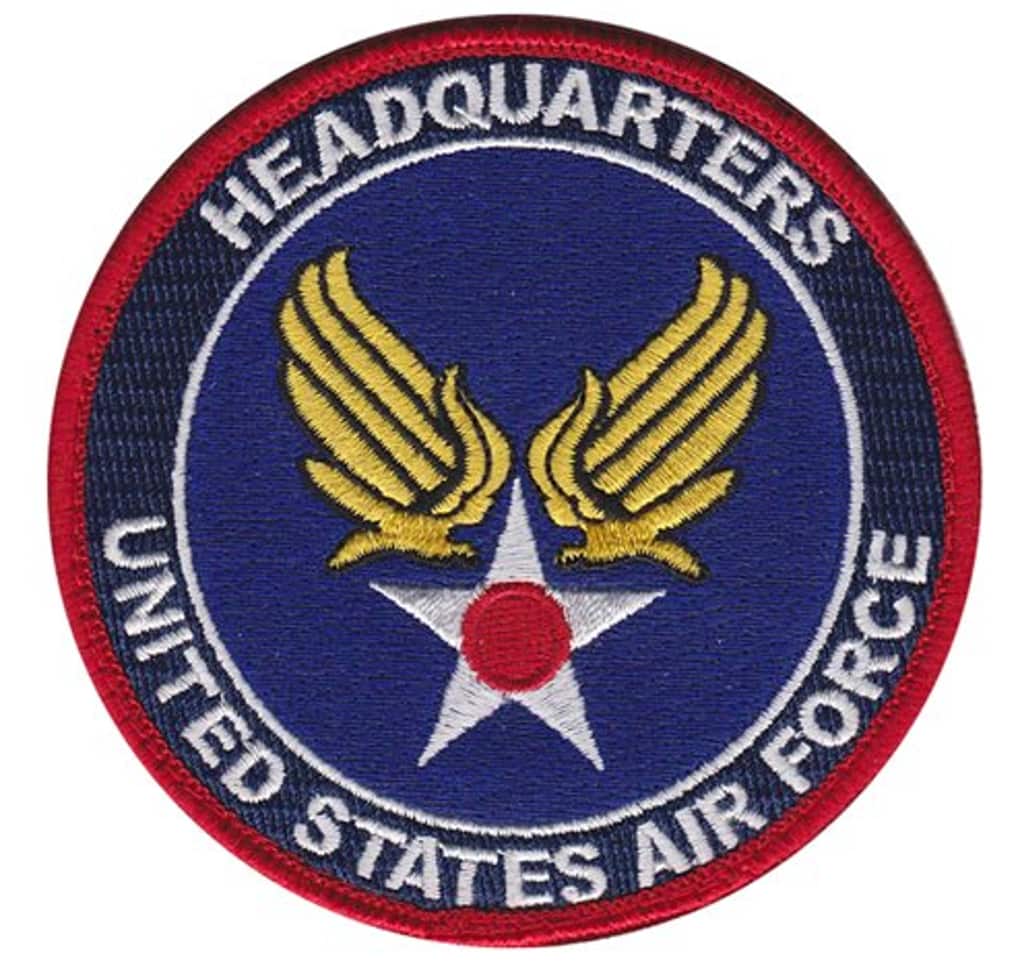The A5a Acc, an essential division within the U.S. Air Force’s Air Combat Command (ACC), plays a crucial role in the planning, managing, and executing projects related to 5th Generation Fighter aircraft programs.
This info dives into the ACC/A5A, its scope of responsibilities, its impact on military readiness, and the skills required for positions within this division.
ACC Commands
In the U.S. Air Force context, Air Combat Command (ACC) is a significant command responsible for organizing, training, and equipping combat-ready forces. This includes fighter, bomber, and reconnaissance aircraft and command and control functions. Some of the related commands in military operations might include:
- Attack Commands: Issued to engage specific targets or respond to threats.
- Strike Command: To deploy air assets for strategic or tactical strikes.
- Defensive Commands: include “Evasive Maneuvers” or “Take Evasive Action” to respond to incoming threats.
Read More: Interesting facts about the Alenia Aermacchi S-211
HQ ACC A5A Patch
The “HQ ACC A5A” patch is a badge worn by people in the U.S. Air Force who work at the Air Combat Command (ACC) headquarters, specifically in a division known as “A5A.” This division helps plan and manage training, missions, and equipment for advanced fighter jets, such as the F-22 and F-35.
The patch is a circular design about 4 inches in size and made entirely with embroidery (stitching). It often includes a Velcro backing to attach to uniforms easily. These patches are used for team spirit, unit identification, and as collectibles for those who serve in the Air Force.

Air Combat Command Patch
Patches like this one are commonly custom-made and are available for bulk orders. The more patches ordered, the lower the cost per patch. You can choose colors and designs that fit the unit’s identity or specific project needs. Some companies offer design services and create sample patches for approval before making the entire order.
ACC Force:
ACC is the largest Air Force MAJCOM and includes a mix of fighter, bomber, reconnaissance, and command and control aircraft.
Its forces support global operations, from air superiority to precision strikes and intelligence gathering. ACC forces are critical to maintaining U.S. air dominance in wartime and peacetime operations.
Also Visit: World War II P-51 Mustang fighter plane crashes
Air Combat Command Headquarters:
The ACC Headquarters is based at Langley Air Force Base, Virginia, that forms part of Joint Base Langley-Eustis. Langley Air Force Base serves as the operational and strategic command center for the global mission of ACC.
Air Combat Command Units:
ACC is comprised of numerous squadrons, wings, and groups spread across various U.S. bases, with notable units including:
- 1st Fighter Wing (F-22 Raptors) – Langley AFB, Virginia.
- 366th Fighter Wing (F-15E Strike Eagles) – Mountain Home AFB, Idaho.
- 9th Reconnaissance Wing (U-2 and Global Hawk) – Beale AFB, California.
- Air Combat Command Cyber – Provides cyber defense and offensive cyber operations. These units provide the backbone for global air operations, combat readiness, and security.
Air Combat Command Mission Statement:
“To provide combat-ready forces for global precision strike, air and space superiority, and intelligence, surveillance, and reconnaissance (ISR) through integrated, capable, and resilient air combat capabilities.”
5th Generation Fighters and Their Importance
5th Generation Fighters: These are the newest and most advanced fighter jets in the military. These aircraft are designed for stealth, thus not being noticed by radar, high speeds, and agility.
In addition to this, cutting-edge technology like sensors, radar, and networking systems has been equipped to enhance the detection of threats and provide information to other aircraft and units.
The main 5th Generation Fighters of the U.S. Air Force are F-22 Raptor and F-35 Lightning II. These fighters are built to take on complex combat situations, quickly respond to threats, and conduct any mission anywhere in the world with either air-to-air or air-to-ground combat superiority.
Read More: A private aircraft made its landing on the Kleine Brogel Air Base
Combat Command Air Force Aircraft
ACC has a broad range of aircraft, including:
- Fighters: F-22 Raptor, F-15 Eagle, F-16 Fighting Falcon, F-35 Lightning II.
- Bombers include the B-1B Lancer, B-52 Stratofortress, and B-2 Spirit.
- Reconnaissance: RC-135, U-2 Dragon Lady.
- Command & Control: E-3 Sentry AWACS, E-8 JSTARS. These aircraft support a wide variety of missions from air-to-air combat and precision strike to surveillance and command-and-control operations.
Responsibilities and Projects of ACC/A5A
ACC/A5A has a wide-ranging set of responsibilities. The division develops, manages, and implements programs that directly support 5th Generation Fighters’ requirements. Below are some key areas where ACC/A5A has a significant impact:
Training and Simulation
Training 5th Generation Fighter pilots is highly complex, given the aircraft’s advanced capabilities. ACC/A5A helps develop and coordinate Distributed Mission Operations (DMO), which use virtual and constructive simulations to enhance training programs.
System Integration and Management
ACC/A5A works closely with mission training centers and other command functions to integrate new training systems and technologies. For example, the division plays a role in upgrading simulators and integrating new software and hardware that reflect recent advancements in fighter jet capabilities.
Lifecycle and Budget Management
Managing the lifecycle of 5th Generation Fighters involves meticulous planning and budgeting. A5a Acc assists in preparing lifecycle management plans, budget submissions, and programming efforts necessary for sustaining these fighters.
Documentation and Requirements Management
The A5A division is heavily involved in developing and validating requirements documents. This includes the Capability Development Documents (CDDs), Capability Production Documents (CPDs), and Capstone Requirements Documents (CRDs) necessary for planning and executing military projects.
Collaborative Roles with Functional Managers
A5a Acc interfaces with various Functional Area Managers, coordinating issues like training, logistics, and technical upgrades. This collaboration aims to identify and resolve training shortfalls or technical challenges and develop solutions that enhance pilot readiness and training quality.
Skills and Qualifications for A5a Acc Roles
Roles within A5a Acc are suited for individuals with strong backgrounds in military operations, program management, and technical expertise in aviation. Typical qualifications include:
- Fighter-rated Experience: Experience with fighter jets, mainly the F-22 or F-35, is often required, along with a thorough understanding of 5th Generation Fighter operations.
- Technical Skills: Knowledge of Distributed Mission Operations, virtual and constructive (LVC) environments, and Modeling & Simulation (M&S) systems is crucial.
- Project Management and Planning: Candidates should be skilled in budgeting, lifecycle planning, and requirements documentation to support effective program management.
- Clearance: Due to the sensitive nature of military operations and the data involved, many roles require a top security clearance, such as eligibility for TS/SCI (Top Secret/Sensitive Compartmented Information).
- Communication and Reporting: Staff in A5a Acc must be adept at preparing and presenting reports, budget proposals, and briefings for high-level officials. Effective communication is essential for roles that involve interfacing with various departments and stakeholders.
The Future of A5a Acc and Its Role in U.S. Military Superiority
The A5a Acc division’s role will likely expand as technology advances and warfare strategies evolve. The ongoing emphasis on integrating artificial intelligence, autonomous systems, and more sophisticated combat simulations means that ACC/A5A will play an even more significant role in preparing the U.S. Air Force to face emerging threats.
A5a Acc supports training and operational readiness through its work and strengthens the Air Force’s ability to adapt to new challenges. By ensuring that the latest in aviation and simulation technologies are fully utilized, the division contributes significantly to maintaining the U.S. military’s global edge.
Conclusion
A5a Acc work is fundamental in sustaining the capabilities and readiness of 5th Generation Fighters. Its commitment to innovation, from simulation training to lifecycle management, enhances the performance of both pilots and aircraft.
In an era where technology is rapidly transforming defense systems, ACC/A5A stands at the forefront, ensuring that the U.S. Air Force remains agile, capable, and prepared for the challenges of modern air combat.
FAQs
What is ACC A4?
ACC A4 is the part of Air Combat Command (ACC) that handles logistics. It makes sure that all the supplies, equipment, and aircraft are ready for missions. It takes care of maintenance, transportation, and keeping everything in working order.
What is ACC in the Air Force?
ACC is the primary operating organization in the United States Air Force. It would train and prepare fighter jets, bombers, and reconnaissance planes to take on any air mission. It is such a major unit to ensure that the Air Force maintains the ability to dominate in the skies and protect against all threats. The headquarters of the ACC is at Joint Base Langley-Eustis in Virginia.
What NAF is ACC?
ACC is part of the 9th Air Force (9th AF). This is a higher-level command that supports ACC’s air operations and ensures everything is ready for action.
What are the ACC Bases?
ACC has bases across the U.S., including:
- Langley AFB, VA (Headquarters)
- Nellis AFB, NV (Home of the Thunderbirds)
- Shaw AFB, SC (F-16 fighter jets)
- Mountain Home AFB, ID (F-15E Strike Eagles)
- Beale AFB, CA (U-2 and Global Hawk planes)
- Eglin AFB, FL (Testing and development)
- Davis-Monthan AFB, AZ (A-10 Thunderbolt II)
- Barksdale AFB, LA (B-52 bombers)
- Tyndall AFB, FL (F-22 Raptors)


